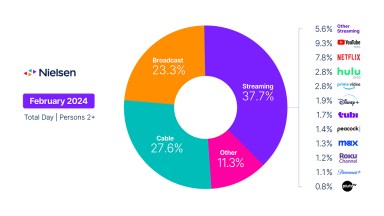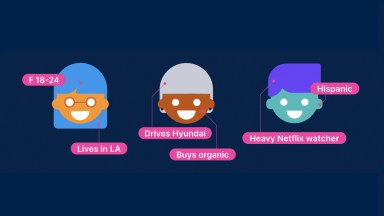
From a budgeting perspective, global marketers planned to increase their spending across all channels as 2022 got underway, with significant emphasis on select digital channels like social media, video and display ads.
As always, marketers will be tasked to prove the validity of the billions they will put forth to boost their brands and acquire new customers. Yet while marketing technology can provide insight into the engagement with those efforts, marketers might not have insight into whether their investments are right-sized to achieve the best results.
It’s not surprising to see marketers both increasing their spending and allocating it across a growing range of channels, especially as newer channels attract new audiences. But when we think about full-funnel effectiveness, marketers should be pairing metrics like increased engagement with a channel and increased time spent with measurements that highlight what happens after audiences are exposed to content.
To better understand what level of spending might be most effective at a channel level, Nielsen recently conducted a thorough analysis of cross-channel media plans. Through the study, we found that half of media channel investments are actually too low to be effective. Said differently, if marketing teams committed the ideal, optimized amount, their returns could increase by as much as 50%.
Let’s look at this premise through the lens of planned channel spending allocation, as detailed in Nielsen’s 2022 Annual Marketing Report. Across channels, marketers plan to increase their spending the most (53%) across social media. Without specific spending amounts from brands and agencies, it’s tough to frame this discussion with actual dollar amounts. But we can assess whether brands are spending effectively based on their media plans.
Perhaps surprisingly, 43% of plans1 are not allocating enough to social media—even though it’s the channel that marketers are most financially focused on. In fact, the median amount of under-investment in social media is 58%. When marketers optimize their spending, the median increase in ROI is 44%.
Our analysis found that optimum ROI depends on optimum spend. So instead of pulling back when ROI isn’t at a desired amount, the initial gut reaction to pull back might actually be the opposite of what should be done. The premise of “spend money to make money” holds true here. To get the best ROI, brands and agencies need to determine how much they need to spend—down to the channel—to break through.
Think about it this way: Audiences that see an ad for a new snack food two or three times during a major sporting program might see an array of ads for competing or similar products during the same event. In a crowded space, like snacks, a newcomer will likely need to advertise more than an established brand in order to become familiar with viewers. Identifying the optimal spend to break through is both the key to breaking through with audiences and maximizing your returns.
To identify optimal spending thresholds, Nielsen recently conducted an analysis of ROI observations to determine that brands need to spend between 1% and 9% of their revenue to remain competitive. The sweet spot within that range certainly varies, but when higher ROI is on the lines, it pays to get more granular.
Here’s an example: Many media plans remain very focused on traditional TV, which makes sense when you consider that live TV continues to account for twice the amount of time that audiences spend with connected TV (CTV). Even so, however, our predictive ROI research has found that 31% of media plans under-spend on TV. The median level of under-spend is notable at 41%. If brands and agencies adjusted upward, their ROI could increase by as much as 53%.
Brands consider an array of factors when they’re developing their media budgets, including ROI. Among those considerations, however, budget is critical when it comes to campaign effectiveness. And globally, brands and agencies aren’t being nearly as effective as they could be. That’s because Nielsen research has found that 50% of media plans are leaving as much as 50% of ROI on the table for the taking.
For additional insights, download our recent 2022 ROI Report.
Source:
1Nielsen Predictive ROI Database, May 2022



